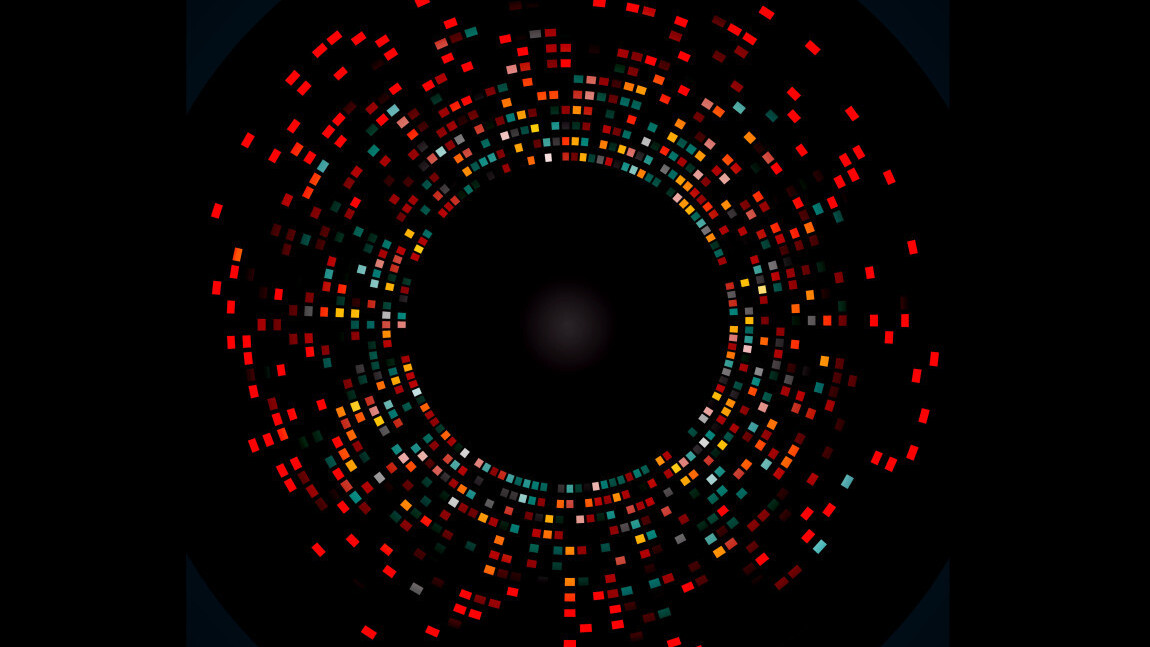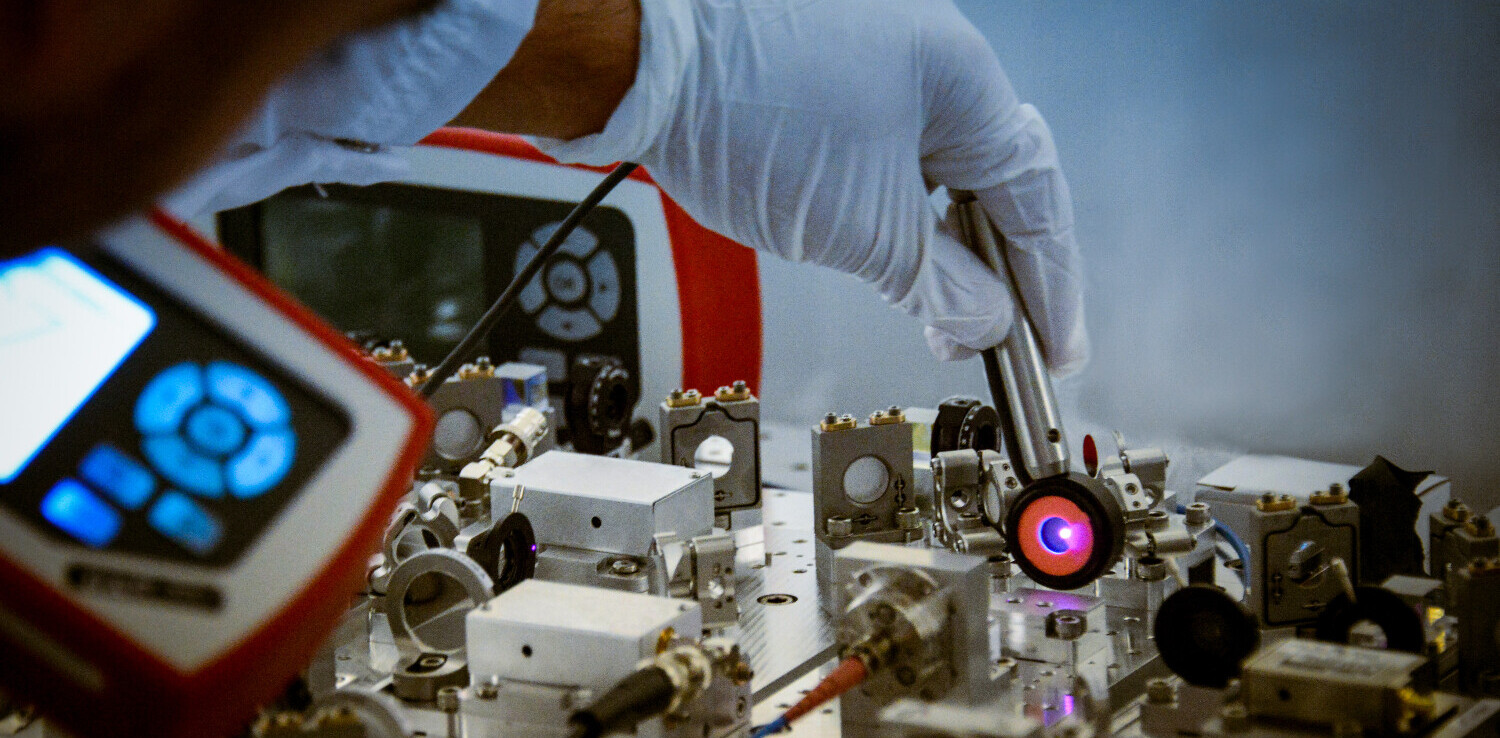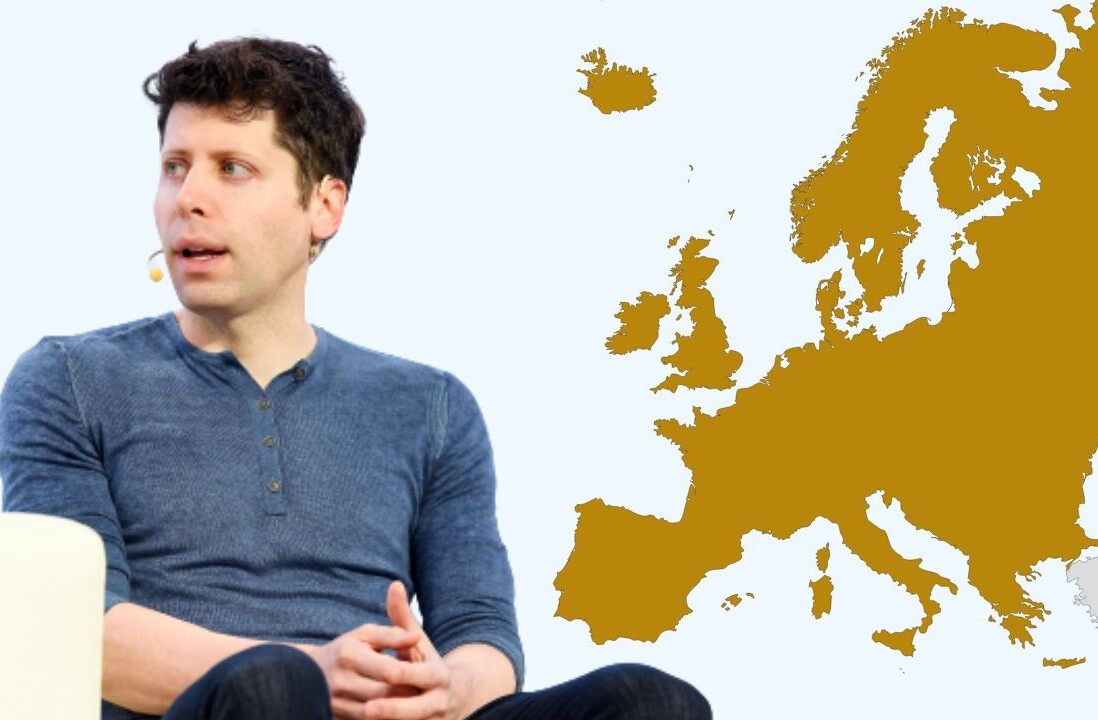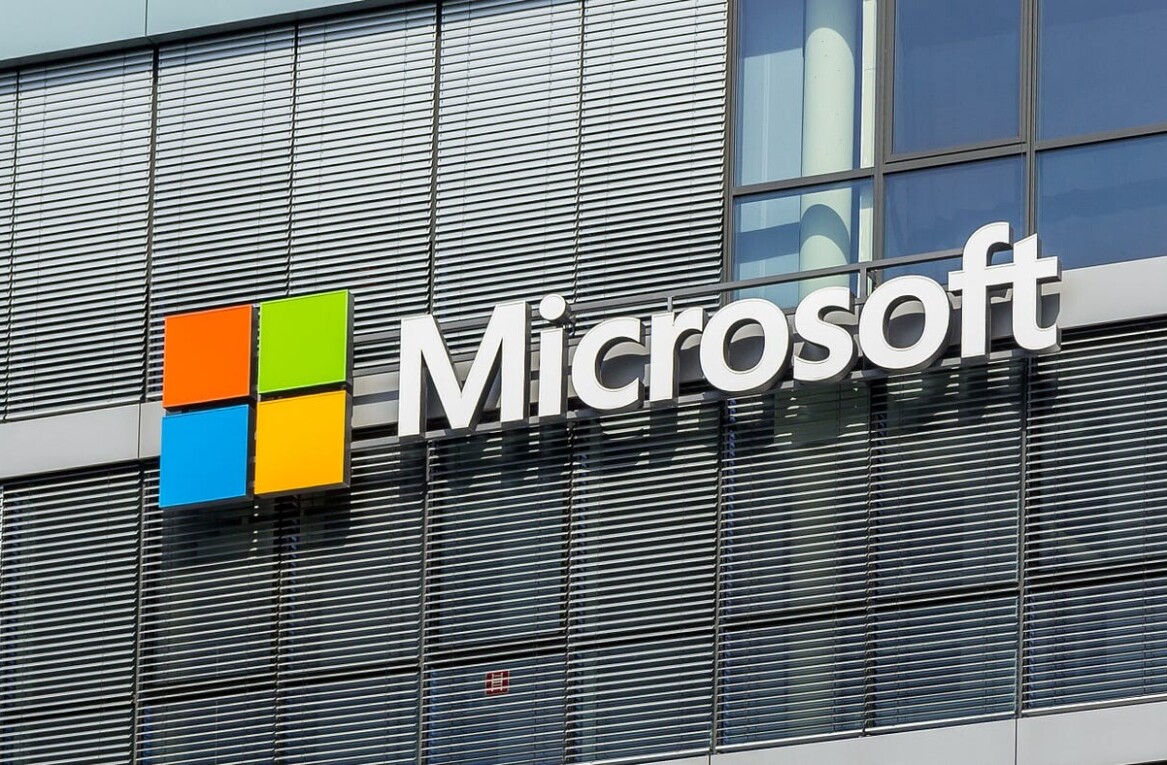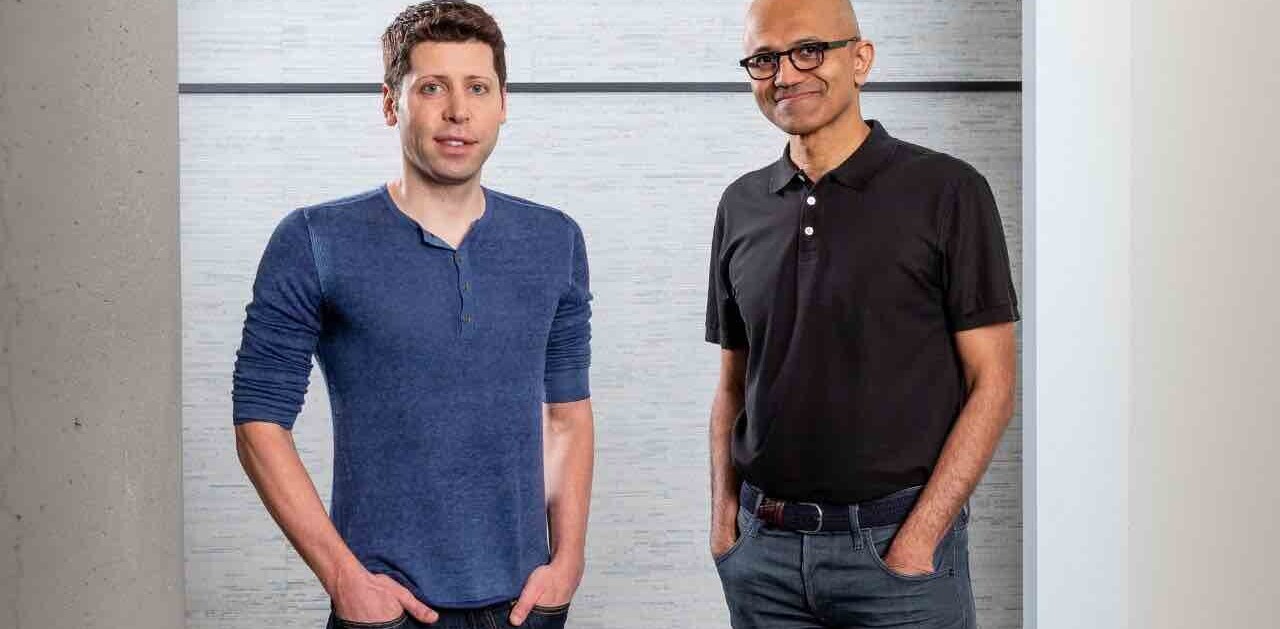Imagine that future civilisations are looking for evidence of us. Digital human life. And they find nothing.
No Buzzfeed. No Slack. No GitHub. Nothing.
That’s actually a distinct possibility as the current means of storing our increasingly large digital past exist only virtually, are inefficient and are increasingly too small to cope with the vast amounts of data we’re generating.
This week, Microsoft has announced a partnership that could fundamentally transform our relationship with our past and the future.
Twist Bioscience has handed Microsoft 10 million long oligonucleotides of DNA molecules (quite a lot), so it can start testing the use of this “prehistoric information technology” for long-term, secure data storage.
Like computers, DNA molecules encode information into discrete units. DNA is made up of four of these, called nucelotides and referred to as A, C, G and T, rather than zeroes and ones. Long strands of DNA are made up of a sequence of these, with a particular order representing a specific piece of information.
Unlike our current electronic storage systems, which need specialized maintenance and take up huge amounts of space, DNA has been proven to be readable after thousands of years – like that of a prehistoric wooly mammoth – and is immensely compact.
The company explains that all of the digital data that exists today could be stored in less than 20 grams of DNA.
And the cost of all of this has dropped very significantly too. When scientists sequenced the human genome in 2003, which is around 3 billion nucleotides long, it cost more than $1 billion.
Today, we can read DNA like this for just over $1,000 and write genetic instructions using synthetic biology tools.
With the recent convergence of affordable DNA sequencing and new synthesis techniques, Twist Bioscience and Microsoft are now putting DNA data storage theory into practice. The goal is to develop methods that are both practical and scalable. The ability to encode digital information in strands of DNA is a major advancement in archival technology because DNA molecules are not susceptible to the most dire limitations of traditional digital storage media: limited lifespan, permanent/standard format and low data density.
The use of DNA for data storage is also practical because it’s something other areas of science are profoundly interested in working on too.
As long as there continues to be life on Earth constructed from DNA, there will always be the technology available to read DNA, ensuring the recoverability of its stored digital data. Furthermore, because of the growing importance of DNA-based technologies for scientific and medical research, there is continual pressure to improve technologies for reading and writing DNA to meet the demands of multiple fields.
Today, Microsoft and Twist Bioscience will set to work on creating the future of our past. But soon our computers could come equipped with a DNA sequencer and synthesizer to make short-term storage and transfer possible.
Get the TNW newsletter
Get the most important tech news in your inbox each week.
